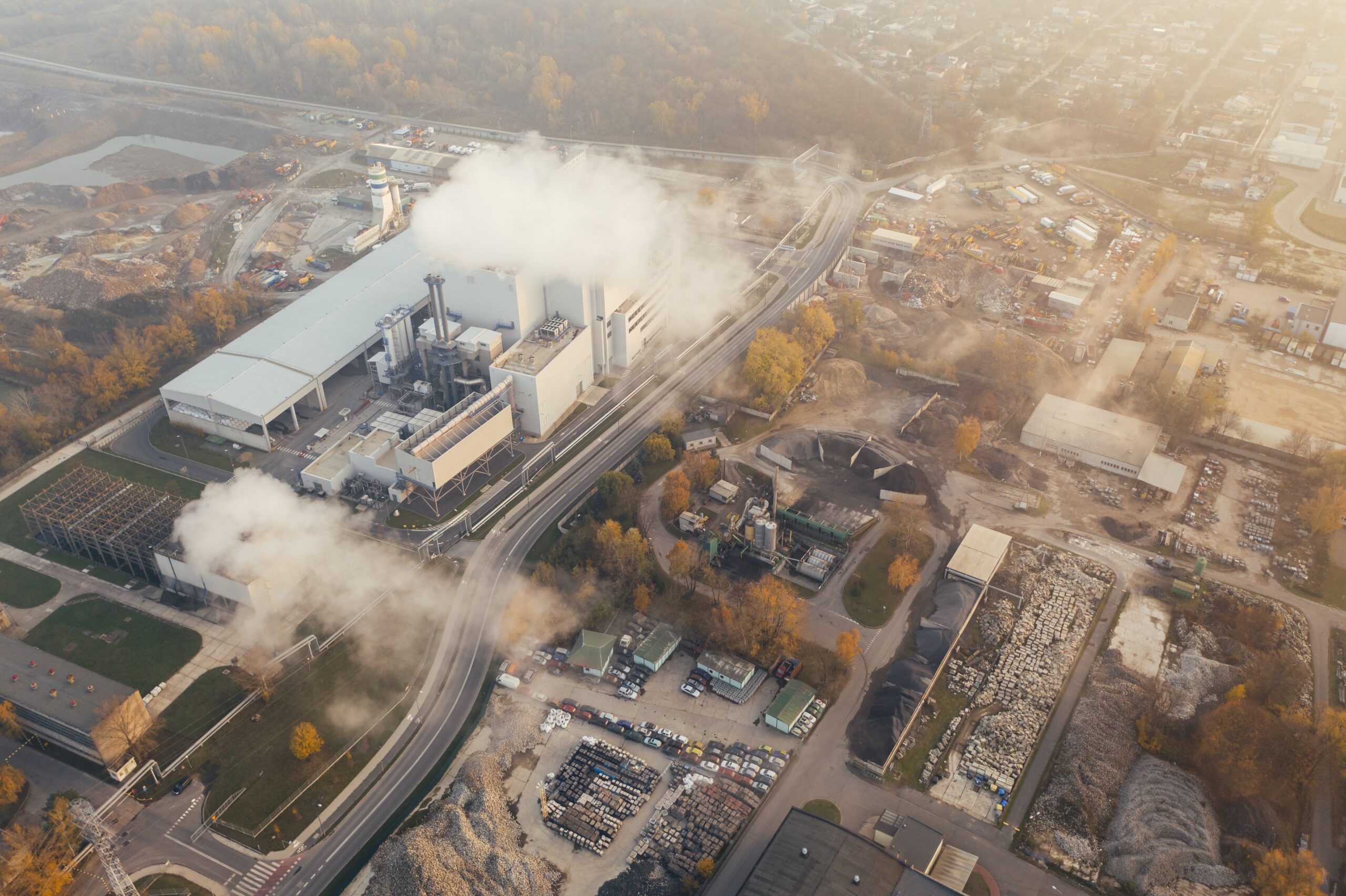As the world heats up, there is an urgent need to suck carbon dioxide out of the atmosphere to buy us time as the world transitions to a zero-carbon future.
Carbon dioxide removal (CDR) takes many forms, from planting trees to new technologies that draw CO2 out of the atmosphere and store it or use it for other purposes. But many countries are lagging behind, and a major new international report, The State of Carbon Dioxide Removal estimates we will need 1300 times more CDR from new technologies on average – and twice as much from trees and soils – to limit temperature rise to well below 2°C.
The SMC asked local experts to outline the current state of carbon dioxide removal in New Zealand, and comment on how this report relates to our climate change mitigation goals.
Dr Sebastian Gehricke, Senior Lecturer and Director of the Climate and Energy Finance Group, University of Otago, comments:
“Carbon Dioxide Removals are essential to meet the Paris Agreement goals, however it is not surprising that the implementation of CDR to date has mostly focused on conventional methods, while novel methods only make up a tiny fraction.
“Conventional CDR techniques such as afforestation are proven and financially feasible through regulated and voluntary carbon markets, but land for these is limited. For example, in New Zealand it has become a very profitable investment to purchase land and plant a forest, particularly exotic forests. In New Zealand, the area of forests registered in the ETS has grown from 357 hectares in 2009, to 492,268 hectares in January 2023, mostly consisting of exotic forests (87%).
“Novel CDR methods such as Direct Air Carbon Capture and Storage (DACCS) are still in development and carry a lot of risks, making them less attractive to investors. Many of the larger international projects are yet to be completed and there is no such project in New Zealand.
“In New Zealand we have a responsibility to reduce emissions and offset the hard to abate emissions. We cannot plant enough trees to offset all of our emissions and get to our net zero goal.
“The Climate and Energy Finance Group is currently conducting a 35-question survey on behalf of the Forestry Ministerial Advisory Group to understand the use of and demand for carbon offsetting in New Zealand. The resulting study will inform policy advice and may also help inform your business’ emissions reduction solution/pathway. Learn more and start the survey here.”
No conflict of interest.
Paul Bennett, Portfolio Leader, Integrated Bioenergy, Scion, comments:
“Carbon dioxide removal from the atmosphere is seen as being critical to minimising global temperature rise to 2C. Supporting the statement in the Paris Agreement, the International Energy Agency in their ‘Net Zero Emissions by 2050’ report (a roadmap for the global energy sector) says that 250 Mt/yr of carbon dioxide needs to be removed by 2030 globally. There are many proposed projects aimed at achieving this, but the quantity of removal will fall well short of this target.
“Established technologies/approaches that can be deployed for the removal of carbon dioxide include Bioenergy with Carbon Capture and Storage (BECCS), and tree planting, but the deployment needs to be accelerated to be effective. New Zealand has the opportunity to pursue all of these.
“It’s appropriate to adopt BECCS’ measures now for New Zealand due to the opportunity to sequester carbon dioxide in depleted oil and gas fields.
“Carbon capture and utilisation could also be considered at a smaller scale in New Zealand, due to the current escalating price of food-grade carbon dioxide resulting from the closure of Marsden Point Oil Refinery, the largest producer of carbon dioxide.”
No conflict of interest.
Simon Arnold, Chief Executive, National Energy Research Institute, comments:
“This report reviews the techniques to remove CO 2 directly from the air and to lock it up for at least a decade. It is limited to human interventions, i.e. what is called climate engineering.
“It excludes techniques that stop CO 2 emissions ending up in the air. It regards this type of Carbon Capture and Storage (CCS) as emissions reductions.
“In the New Zealand context, the mature CO 2 removal techniques covered in the report involve forestry and agriculture, including the emerging use of biochar. They are already incorporated in our emissions reporting.
“However, the exclusion of emissions reductions means the report has limited application to our energy sector. For example, it excludes the use of CCS in geothermal energy, where New Zealand already has well developed techniques for reinjecting CO 2 back into geothermal fields. Research is underway to expand this, and potentially to extend it as a sink for other CO 2 emissions.
“This leaves Bioenergy with Carbon Capture and Storage (BECCS) as the main application of this report to our energy sector.
“Bioenergy already meets around a quarter of our industrial energy demand. Its emissions are concentrated and likely to be relatively easily captured and locked up using BECCS. In the future other biofuels will become an increasingly important part of our energy mix, and opportunities will arise for incorporating BECCS into these plants. For example, biohydrogen production emits large quantities of renewable CO 2.
“BECCS is not yet completely mature as an industrial process and will depend upon both our feedstocks and available sinks. Thus, local research and development is required. Along with the work on geothermal emissions, this is where our priorities for investment in energy lie.
“With the land use work and BECCS it is unlikely the other significant but risky approaches proposed in the report (direct air capture, rock weathering, ocean based) will be major priorities for New Zealand.”
Conflict of interest statement: Simon Arnold is CE of the National Energy Research Institute (www.neri.org.nz) a charitable trust that represents energy research organisations and industry associations particularly exposed to the energy sector. It is currently finalising a publication “FROM FOSSIL FUELS TO LOCAL RENEWABLES – A research strategy to address Aotearoa New Zealand’s energy GHGs”.
